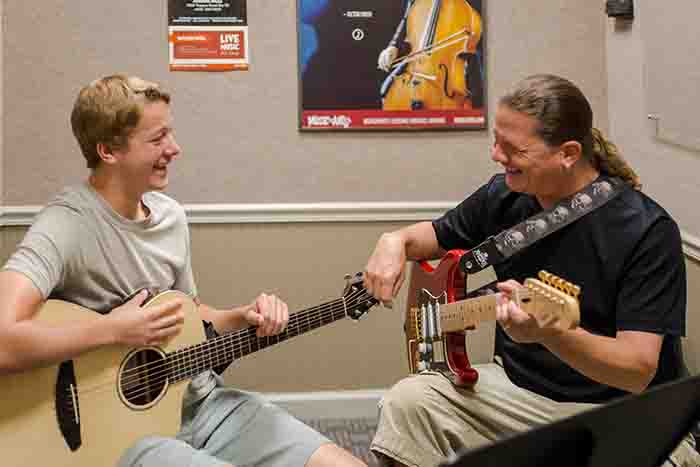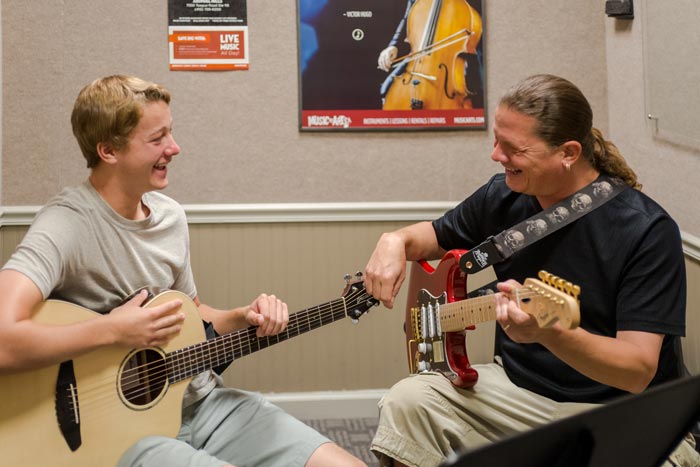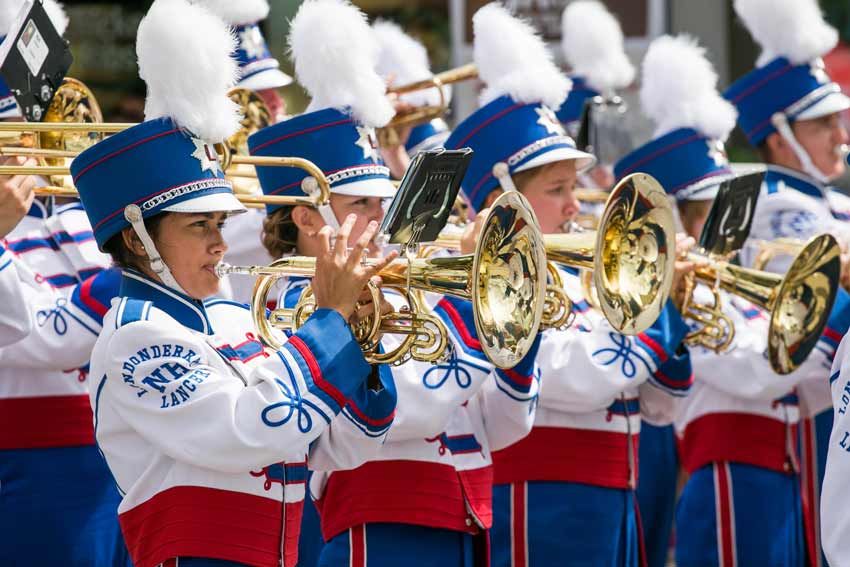May 13, 2015
Three Tips for Introducing Improvisation to Your Students


Introducing improvisation is one of the most important exercises a music educator can share with their students. Whereas drills, sight-reading exercises, and playing through sheet music develops a budding music student’s discipline and technique, improvisation is vital because it prioritizes and celebrates their creativity. When music educators don’t take improvisation seriously, students miss out on experiencing vital development opportunities to experiment creatively through music. Today, we’re sharing three simple tips for introducing improvisation, but first let’s talk more about why improvisation is so beneficial for your students.
What students miss when they don’t improvise in music classes
Recent studies show that improvisation exercises deliver a host of benefits to students including enhanced problem-solving and critical thinking skills, improved creativity and performance behaviors, and a broader understanding of how music functions. Music reading and drills designed to solidify a student’s technique on an instrument are obviously important, but typical lesson staples like these can’t unleash a student’s creative agency like improvisation can. Improvisation promotes self-expression and performance confidence, paramount character-building attributes that benefit children for the rest of their lives.
In terms of music education, including improvisation curriculum in lessons ensures that students will be well-rounded in their studies and better able to tackle real world performance and composition experiences. Researchers recently analyzed the brains of six jazz pianists while they improvised. They found that improvisation deactivated parts of the brain associated with memory in a way that promoted uninhibited musical gestures and ideas. With benefits like these, improvisation is a powerful exercise that music educators should be paying more attention to.
3 Tips for introducing improvisation to your class
Keep instrumentation as simple as possible
Depending on the unique makeup of your classroom, it’s probably best to introduce improvisation with simple instruments. Things like basic bell kits, ukuleles, or hand drums are good options. As students develop in their training, you can incorporate more challenging instrumentation, but beginning with simple, easy-to-play instruments will encourage your class to focus more on exploring ideas and less on trying to sound perfect or “correct.”
Implement helpful boundaries in tempo, chord progressions, and scales
Simply giving your students a bunch of instruments and asking them to improvise probably won’t lead to much meaningful musical engagement. Yes, improvisation has the potential to help students thrive in their own unique creativity, but they need boundaries and guidance to make it happen. Leading the class by having students improvise over a simple chord progression like the 12-Bar Blues is a good example of boundary-setting designed to give kids a framework for successful musical improvisation.
Having your students select notes from a simple musical framework such as a pentatonic scale while you lead the class with a predictable chord progression is a great way to introduce improvisation to younger students. For more advanced students, more sophisticated musical ideas should be introduced in ways that are in line with what the class is covering in terms of scales, chord progressions, and time signatures. But no matter the age and musical experience of your students, giving your class a set framework to improvise in is crucial.
Record sessions, listen back, and evaluate
To glean the most benefit from improvisation exercises, record your class’ sessions. You don’t need any expensive gear for this; the tech that’s most likely already on your laptop or smartphone will do. Then, listen back with your students. Have them point out what’s successful about what was played, and relate what they’re hearing in musical terms. If one of your 4th-graders intuitively played a passage of quarter note triplets, tell them about it and celebrate it. As music educators, we often approach sharing music theory and notation with an information-first philosophy, but improvisation is a rare opportunity to explain it through creative exploration. It’s important to not be too critical of what your students play during these sessions. Many kids will be nervous at the prospect of playing an instrument without sheet music at first, so it’s best to be as supportive as you can during these exercises.
Improvisation can be an absolute blast for you and your students. By keeping things simple and maintaining a supportive encouraging attitude, you’ll help your students learn, create, and thrive through this incredible exercise.







